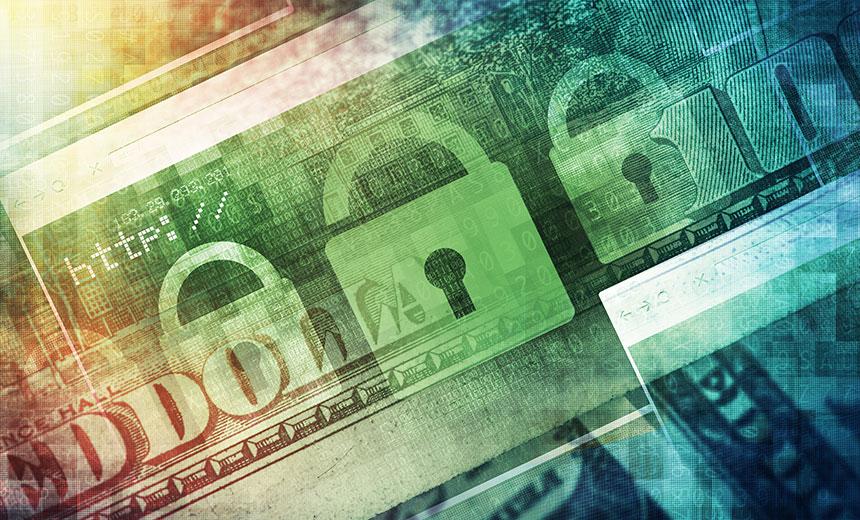With the fall of the BUSD banner, what changes will occur in the stablecoin ecosystem of BNBChain?
Original source: GaryMa Wu on Blockchain
Recently, Wu discussed the entire process of BUSD facing regulatory scrutiny. The U.S. Securities and Exchange Commission (SEC) sued Paxos, claiming BUSD is an unregistered security. Subsequently, the New York State Department of Financial Services (NYDFS) instructed Paxos to stop minting new BUSD. CZ also stated, "We will adjust our products accordingly. For example, we will no longer use BUSD as the primary trading currency pair."
It is foreseeable that BUSD will gradually fade from the historical stage of stablecoins. Given that BUSD is the flagship stablecoin of BNBChain, what changes will occur in the stablecoin ecosystem of BNBChain after this major flag falls?
Current Status of BNBChain's Stablecoin Ecosystem
According to data from Defillama, the total market capitalization of stablecoins on BNBChain has exceeded $9 billion, with BUSD accounting for a staggering 53%, valued at approximately $4.8 billion.

Following BUSD, USDT has a market capitalization of about $3.2 billion (35%), USDC around $780 million (8.67%), and several stablecoins with market caps below $100 million, such as USDD, Dai, and HAY.

According to Paxos, BUSD will still be redeemable at least until February 2024. Although there is a buffer period of at least one year, the question before us is how the outflow of these billions of dollars in stablecoins will disrupt the stablecoin ecosystem of BNBChain.
Will it stimulate the development of decentralized stablecoins?
Or will it strengthen the dominance of USDT/USDC on BNBChain?
For the former, when faced with suggestions for Binance to build a decentralized stablecoin similar to DAI, CZ has responded that at this juncture, they prefer others to take on this task to make it more decentralized. "We can't do everything."
Looking back at the two current players in this track on BNBChain, HAY & VAI, their stablecoin market caps are only in the tens of millions. Even if we optimistically imagine that such projects could take up the mantle, it seems that their own track has some limitations. For instance, DAI on Ethereum has a stablecoin market cap of only about $5 billion, which, when converted to BNBChain, still cannot compare to the scale of centralized stablecoins like BUSD.
Currently, it seems most reasonable for USDT/USDC to inherit the portion of the stablecoin market share left by BUSD's exit. However, we need to understand that USDT and USDC have not officially issued native stablecoins on BNBChain. Strictly speaking, BNBChain does not have a native centralized USD stablecoin; BUSD, in essence, is also a Binance-Peg Token, where Binance holds the native asset (i.e., BUSD on Ethereum) and issues the BEP-20 Token on BNBChain pegged 1:1.
Binance-Peg Token, BToken
Most users only need to focus on the application experience, so they do not have a deep understanding of the specific underlying attributes of various assets. In fact, at the initial launch of BNBChain (originally named BSC), Binance initiated the Token Canal plan to attract external quality assets like BTC, ETH, and stablecoins, which is essentially similar to wrapped assets. Binance acted as the custodian of the native assets and the processing center for issuing and redeeming wrapped assets.
As the variety and scale of introduced assets expanded, Binance officially referred to these tokens as Binance-Peg Tokens, or BTokens.
According to Binance's official proof of collateral reserves for BTokens, we understand that there are currently 97 BTokens, including approximately $5.4 billion in ERC-20 BUSD reserves, corresponding to about $4.8 billion in BEP-20 BUSD and other BUSD on various chains.

Previously, the NYDFS emphasized that it authorized Paxos to issue BUSD on the Ethereum blockchain, but the department has not authorized Binance-Peg BUSD on any blockchain. It seems that the true motivation of the NYDFS is actually the Binance-Pegged BUSD, rather than concerns about whether there is 100% reserve backing. After all, Binance has publicly transparent reserve proofs that can be verified, while the Binance-Pegged BUSD, as a wrapped asset, strictly belongs to Binance's on-chain activities. Should the NYDFS/SEC's focus be directed at Binance, and do USDT/USDC also have corresponding Binance-Pegged versions? Will Tether and Circle also passively face the same issues? Or is this merely an excuse, essentially a targeted action? Of course, even if it is a targeted action, it may also relate to Binance's initial full support for BUSD, which automatically converted USDC, USDP, and TUSD into BUSD. After all, with Binance's support, BUSD's more scenarios may lean towards BNBChain, leading to a misunderstanding that the Binance-Pegged BUSD is the native asset.
Now, returning to the initial question of "how BUSD's exit will disrupt BNBChain's stablecoin ecosystem," the answer seems relatively clear. There will be some boost for the decentralized stablecoin track, but the height of the waves it may stir up is likely limited; it is more probable that the demand for stablecoins will be consumed by Binance-Pegged USDT/USDC. Meanwhile, BUSD's gradual withdrawal may also be a negative factor for the BNBChain ecosystem. As for whether Binance-Pegged USDT/USDC will face the same regulatory restrictions on "issuance" authorization, such concerns can be temporarily set aside. Although Binance does not have a compliance custody license like BitGo, the custodian of WBTC, its asset custody reserves are publicly transparent, and regulation should not be so extreme.
Relevant data links:
https://www.binance.com/en/blog/all/token-canal-upgrade-binance-wrapped-btokens-on-ethereum-panama-turns-into-bridge-421499824684901158
https://www.bnbchain.org/en/blog/binance-presents-project-token-canal-2/
https://www.binance.com/en/collateral-btokens











